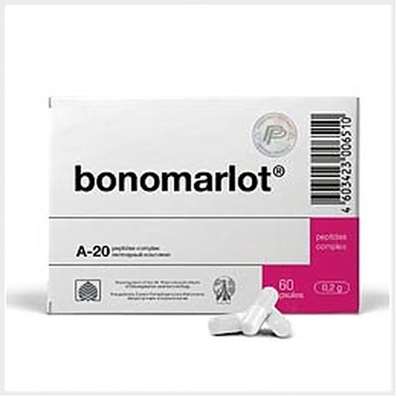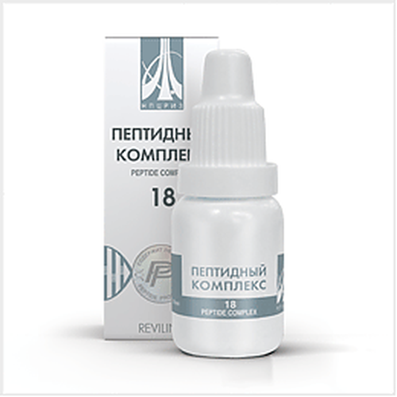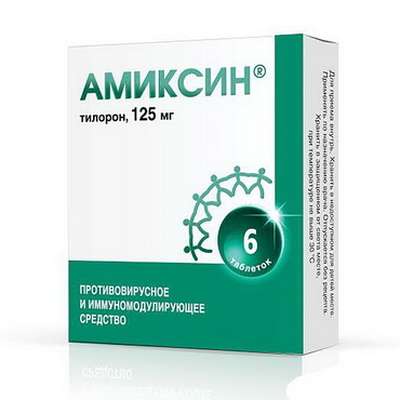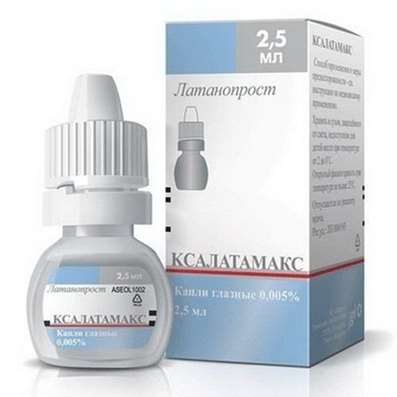Instruction for use: Nicotine (Nicotinum)
I want this, give me price
Chemical name
(S) -3- (1-Methyl-2-pyrrolidinyl) pyridine (also in the form resinate)
Pharmacological group
Funds for correcting violations in alcoholism, drug addiction and toxic
n Holinomimetiki
Nosological classification (ICD-10)
F17.2 Nicotine addiction
Link to smoking, Attracted to tobacco smoking, tobacco dependence,Withdrawal symptoms during smoking cessation, Abuse of nicotine
Z72.0 Tobacco use
Smoking
Code CAS
54-11-5
Characteristics
Alkaloid tobacco leaves. It is part of tobacco smoke therein being predominantly in the ionized form, insoluble in lipids.
Pharmacology
Mode of action - n-cholinomimetic.
It interacts with the peripheral (including located in the carotid sinus area, autonomic ganglia, adrenal medulla, and neuromuscular plates) and the central n-cholinergic receptors. The low concentration excites them in high - blocks. The ganglia of the first phase (excitation) is linked to membrane depolarization ganglion neurons, the second (depression) - a competitive antagonism with acetylcholine. The content affects the CNS and modulate the release of acetylcholine, norepinephrine, serotonin, and other neurotransmitters in the neuronal endings. It reduces secretion of growth hormone and gonadotropins increases - catecholamines and ADH. It promotes the release of endorphins. The action on the central nervous system (excitation or inhibition) depend on the dose, the intervals between them and the psychological state of the person. Small doses stimulate the central nervous system, including vomiting center. Nicotine can cause tremors and seizures. It stimulates the respiratory center (reflexively to the carotid sinus chemoreceptors zone and directly).
The action on the cardiovascular system due to the activation of the sympathetic influences:. Tachycardia (ventricular premature beats), increased blood pressure, disturbance of blood supply to organs and tissues (vasoconstriction), gipernoradrenalinemiya, increased glycogenolysis, etc. Nicotine increases cardiac output, strengthens the heart and increases oxygen consumption myocardium. Activation of parasympathetic ganglia leads to increased secretion (bronchial glands and the acidic gastric juice), and the tone of bronchial and gastrointestinal smooth muscle. It facilitates neuromuscular transmission. Increases of fatty acids in the blood and platelet adhesion.
Impact on the internal organs of small doses of nicotine entering the body by smoking, is mainly due to a reflex action (stimulation of the chemoreceptors of the carotid sinus and aortic arch). By gradually developing nicotine addiction.
Is well absorbed from the mucous membranes (bioavailability depends upon pH). The ionized nicotine contained in the cigarette smoke, is poorly soluble in lipids, and sufficient absorption is only possible in the lung (large suction surface). Unionized nicotine (pH of 8.5) of the smoke pipe tobacco and cigars is alkaline and is rapidly absorbed in the mouth (not inhaled). The amount of intake of nicotine from smoking varies from 90% (in the smoke inhaling) to 10% (v nevdyhayuschih it). T1 / 2 of plasma - 2 h. Most converted to biologically inert substances in the liver and in the kidneys and lungs. The products of metabolism, and a small amount of alkaloids in unchanged form excreted in the urine within the first 10-15 hours.
Nicotine (smoking or chewing tobacco) contribute to the development of psychological dependence, ischemic heart disease, lung cancer, chronic bronchitis, emphysema and other diseases. Individuals snuff increases the risk of developing cancer of the nasal cavity, while chewing tobacco often develop cancer of the oral cavity. The increased risk of death (compared to non-smokers) decreased after smoking cessation, and in 10-15 years amounts to about the same level as non-smokers. Smokers significantly increases the degree of atherosclerotic narrowing of the smallest coronary arteries, increases platelet adhesion and the likelihood of thrombosis, blood viscosity increases as a result of polycythemia. Chronic hypersecretion of mucus accompanied by a cough with phlegm, promotes the development of chronic bronchitis, obstructive pulmonary disease and predisposes to the appearance of lung cancer. Smoking slows healing of ulcers and increases the frequency of recurrence of gastric ulcers, reduces immunity and increases susceptibility to infectious diseases. Women who smoke less pregnancy occurs. During pregnancy increases the risk of spontaneous abortion (as a result of oxygen deficiency in the blood), disturbances in development of the placenta associated with a large number of abnormal DNA in it. Maternal smoking during the first three years of life increases the frequency of his lung disease and respiratory infections.
Indications
tobacco / nicotine addiction treatment:
- Reduction of withdrawal symptoms that occur with the full smoking cessation in patients who have decided to quit smoking;
- If temporary smoking cessation;
- To reduce the number of cigarettes smoked by those who can not or does not want to completely give up smoking.
Contraindications
Hypersensitivity, erosive and ulcerative lesions of the gastrointestinal tract in the acute phase of unstable angina, severe arrhythmia, ischemic stroke, or cerebrovascular accident (recently transferred), pregnancy, breast-feeding; chewing gum - disease of the temporomandibular joint (active form), inflammatory diseases of the oral cavity and pharynx.
Restrictions apply
Uncontrolled hypertension, abnormal liver function, severe renal insufficiency, uncontrolled hyperthyroidism, pheochromocytoma (due to the fact that nicotine causes the release of catecholamines from the adrenal medulla), diabetes mellitus, age 18 years.
pregnancy and lactation
Category effects on the fetus by FDA - D.
Nicotine penetrates the mother's milk, it can create a high concentration sufficient for the development of toxicity, including stop the baby breathing.
Side effects
From the nervous system and sensory organs: dizziness, headache, anxiety.
From the digestive tract: gastrointestinal discomfort, nausea, vomiting, hiccups, irritation of mucous membranes and upper respiratory tract, stomatitis, pain in the masticatory muscles, soreness or irritation language.
Other: sore throat or mouth, tachycardia, arrhythmia, allergic reactions, including skin.
Overdose
Symptoms of acute nicotine poisoning: salivation, nausea, vomiting, diarrhea, tachycardia, increased blood pressure, shortness of breath, respiratory depression, mydriasis, visual disturbances, hearing loss, convulsions, possible death due to respiratory center paralysis.
Treatment: aims to maintain breathing (rescue breathing for up nicotine detoxification).
Chronic poisoning usually associated with tobacco smoking and is characterized by a variety of symptoms. Typical processes are inflammatory airway mucosal (including chronic bronchitis), hypersalivation, reducing gastric acidity and enhancing colonic motility.
Treatment: an explanation of the harm of smoking tobacco, group therapy, a gradual reduction in the number of cigarettes smoked, hypnosis, acupuncture, to relieve withdrawal symptoms - the use of low doses of n-holinomimetik (including nicotine).
Routes of administration
Buccal, inhalation, on skin.

 Cart
Cart





